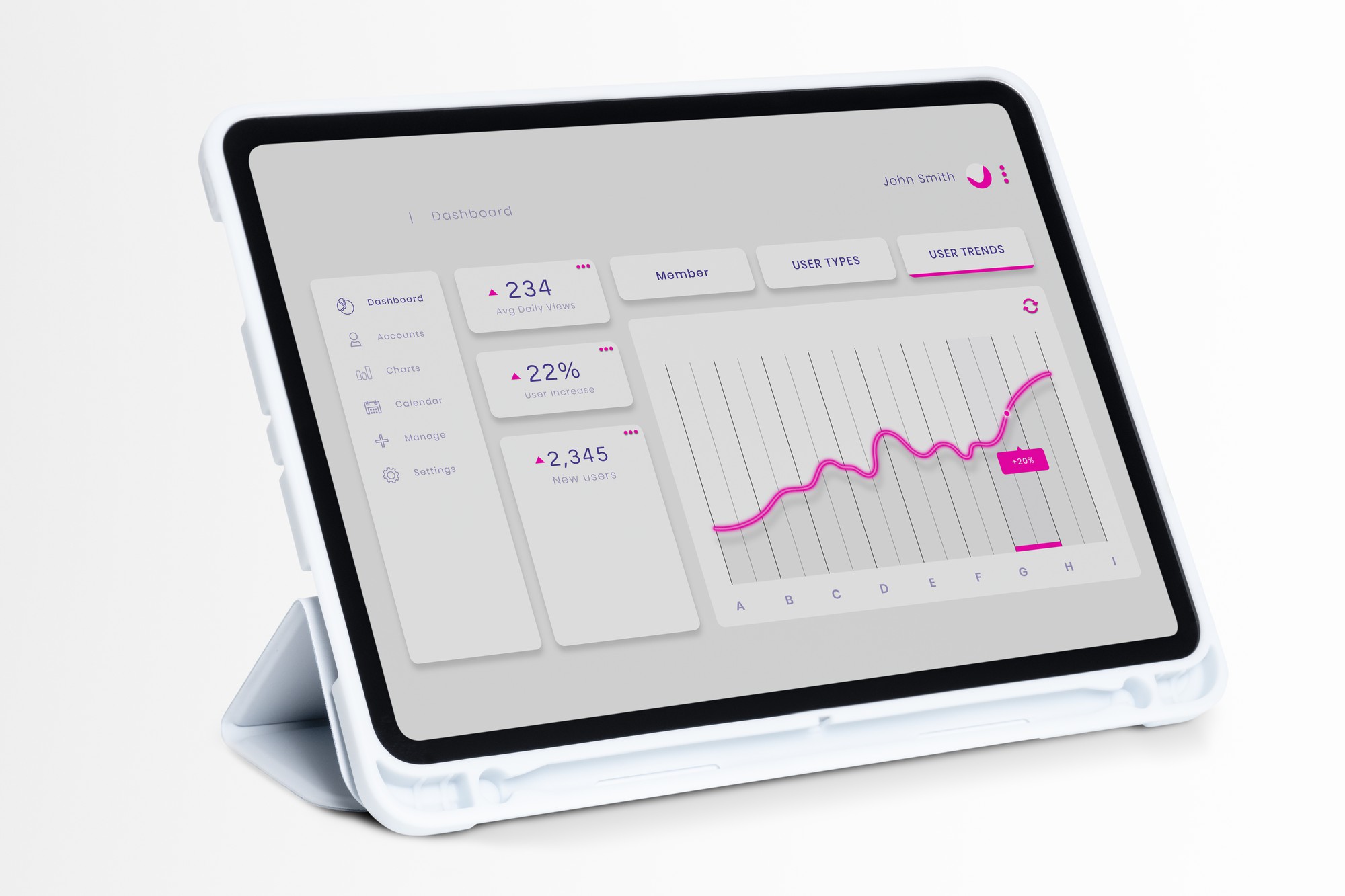
"What gets measured, gets managed" – Peter Drucker
In boardrooms across the world, executives are making critical decisions that shape the future of their companies. But what happens when those decisions are based on outdated or incomplete data? The answer is simple: missteps, missed opportunities, and mounting risks. Without real-time visibility into business performance, Boards are flying blind—unable to steer the company effectively.
The Cost of Poor Visibility: Boardroom Challenges
1. Sluggish Decision-Making in a Fast-Paced World
Timing is everything in business. Board members depend on accurate, up-to-the-minute financial data to respond to market shifts, competitive threats, and internal risks. When this data is outdated or fragmented, decision-making slows down, leaving the company vulnerable.
2. Undetected Risks That Turn into Crises
Financial red flags—like revenue declines, cost overruns, or cash flow problems—often appear in data long before they escalate. If the Board lacks real-time insights, they’re reacting to crises instead of preventing them.
3. Strategic Misalignment
A Board’s primary role is to provide strategic direction. But when they lack a clear picture of financial performance, their decisions may be disconnected from the company’s real needs, leading to misguided investments and wasted resources.
4. Weak Investor and Stakeholder Communication
Investors and stakeholders demand transparency. If the Board can’t confidently report on financial performance, trust erodes, stock prices can take a hit, and the company’s reputation may suffer.
What Should the Board Be Monitoring? The Must-Know Metrics
To stay ahead, Board members should track these financial indicators closely:
- Revenue Growth Rate: A direct measure of the company’s market success.
- Profit Margins (Gross & Net): Indicates financial health and efficiency.
- Cash Flow Position: Ensures the business remains solvent and agile.
- Debt-to-Equity Ratio: Measures financial stability and risk exposure.
- Operating Expenses as a % of Revenue: Identifies cost control effectiveness.
- Customer Acquisition Cost (CAC) vs. Lifetime Value (CLV): Determines profitability of growth strategies.
- Return on Invested Capital (ROIC): Shows if investments are generating value.
How Financial Dashboards Solve the Visibility Crisis
"If you can’t measure it, you can’t improve it" – Lord Kelvin
1. Real-Time Data, Real-Time Decisions
Financial dashboards aggregate key business metrics in real time, eliminating the lag that slows decision-making.
2. Automated Risk Alerts
Dashboards can trigger alerts for declining margins, rising expenses, or cash flow risks, ensuring that the Board catches issues before they become crises.
3. Strategic Alignment Through Customization
With tailored views, dashboards ensure the Board sees only what’s relevant—whether that’s global expansion performance, cost management, or profitability trends.
4. Data-Driven Confidence
Dashboards eliminate reliance on gut feelings. Instead, Board members make decisions backed by hard data, improving accuracy and reducing costly mistakes.
5. Transparent Stakeholder Communication
Clear, visually engaging reports from dashboards allow the Board to share financial performance transparently with investors and regulatory bodies, strengthening credibility.
Case Studies: When Data Made the Difference
Netflix: Data-Driven Growth
Netflix’s Board depends on real-time dashboards to track subscriber growth, churn rates, and content performance. This data-driven approach has enabled precise investment in content that delivers high returns.
Tesla: Efficiency Through Metrics
Elon Musk’s Board monitors KPIs like production efficiency, cash flow, and debt management through dashboards, allowing Tesla to scale rapidly and enter new markets effectively.
Unilever: Balancing Profitability with Sustainability
Unilever integrates financial and sustainability metrics, helping the Board track both profitability and environmental impact. This has strengthened investor confidence and positioned Unilever as a leader in sustainable business.
The Final Word: Data Is the Board’s Best Asset
"Boards that fail to monitor key metrics risk becoming passengers rather than drivers of their companies." – Ram Charan
The role of the Board is to guide companies toward growth, stability, and innovation. But without clear visibility into financial performance, they risk making uninformed decisions that could lead to failure. Financial dashboards offer a powerful solution, turning complex data into actionable insights that drive better decisions.
For companies looking to compete in an increasingly complex business landscape, investing in real-time financial visibility isn’t optional—it’s essential.

